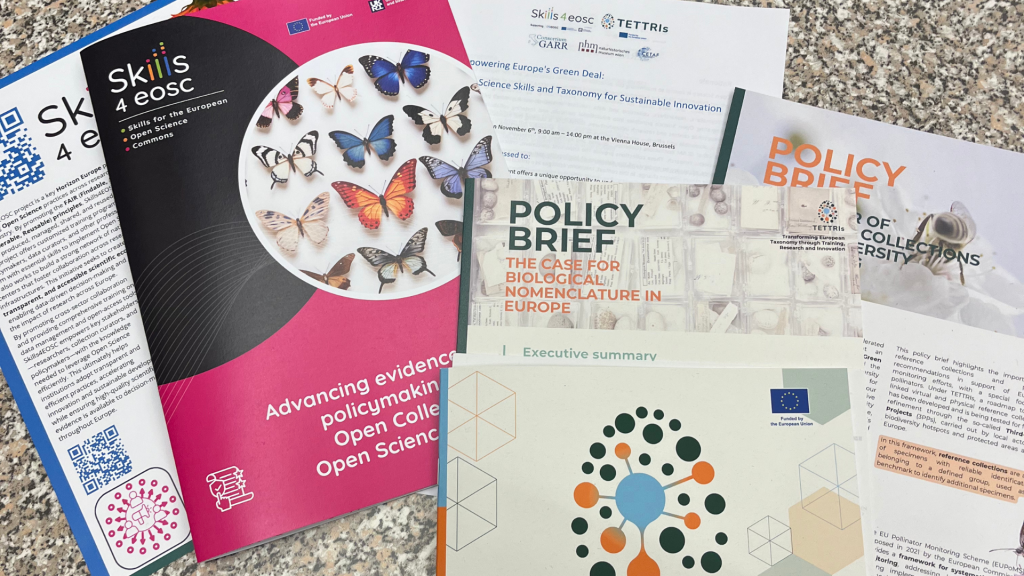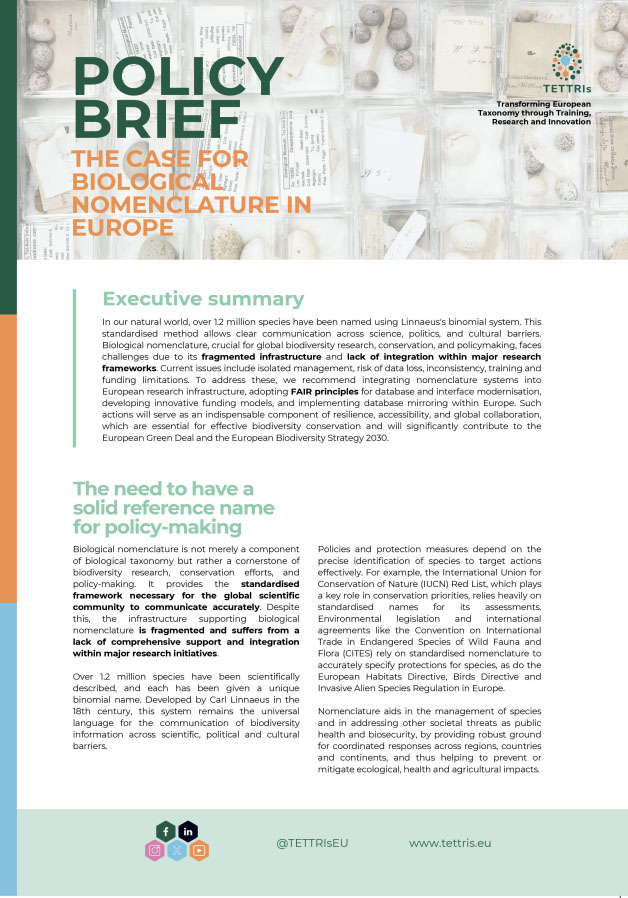Biological nomenclature is not merely a component of biological taxonomy but rather a cornerstone of biodiversity research, conservation efforts, and policy-making. It provides the standardised framework needed for the global scientific community to communicate accurately. Despite this, the infrastructure supporting biological nomenclature is fragmented and lacks comprehensive support and integration within major research initiatives.
Nomenclature aids in the management of species and in addressing other societal threats such as public health and biosecurity, by providing robust ground for coordinated responses across regions, countries and continents, and thus helping to prevent or mitigate ecological, health and agricultural impacts. As just one example, the European and Mediterranean Plant Protection Organization’s database is largely accessed by names and has over a million visitors a year looking for information.
The agricultural, pharmaceutical, and biotechnology industries also rely on accurate species identification to source materials, comply with regulations, conduct research and generate innovations.
The economic implications of misidentification can be significant, affecting trade, performance and compliance costs. Even from a cultural heritage perspective nomenclature ties into the history of biological exploration and discovery.

Biological nomenclature integrates four critical types of data that are needed for the accurate classification and study of biodiversity. These are the Latin names assigned to a taxon, the people who described them, the scholarly literature that details their characteristics, and the type specimens that serve as a bridge between the name and the taxon concept. Together, these elements ensure clarity and consistency in the identification of species across the global scientific community.
So biological nomenclatural databases encompass large sets of names that still need to be curated, enhanced and linked. This is far from easy and, today, the landscape is very fragmented.
But which are the critical points that will be addressed by precise nomenclature?
- Avoid Misinterpretation
- Enhance Research and Conservation
- Support Policy and Decision Making
- Enable Technological Advancements
- Ensure High-quality Curation
That is the reason why we recommend:
- The integration into European Research Infrastructures
- The adoption of FAIR Principles
- Funding and Governance Models
- Advanced linking of digital information
- Mirroring Nomenclatural Databases in Europe
Mirroring key nomenclatural databases within Europe will enhance the resilience and accessibility of biodiversity data, and ultimately facilitate the building of new services. It will also support high-quality, collaborative research; it will contribute to the robustness of biodiversity conservation efforts across the continent and thus to the successful implementation of the European Biodiversity Strategy 2030 under the umbrella of international endeavours as the Global Biodiversity Framework.
In that context, policymakers, funding agencies, museums, herbaria and international standards organisations need to recognize the strategic value of biological nomenclature and provide the necessary investment and support to secure its future.


